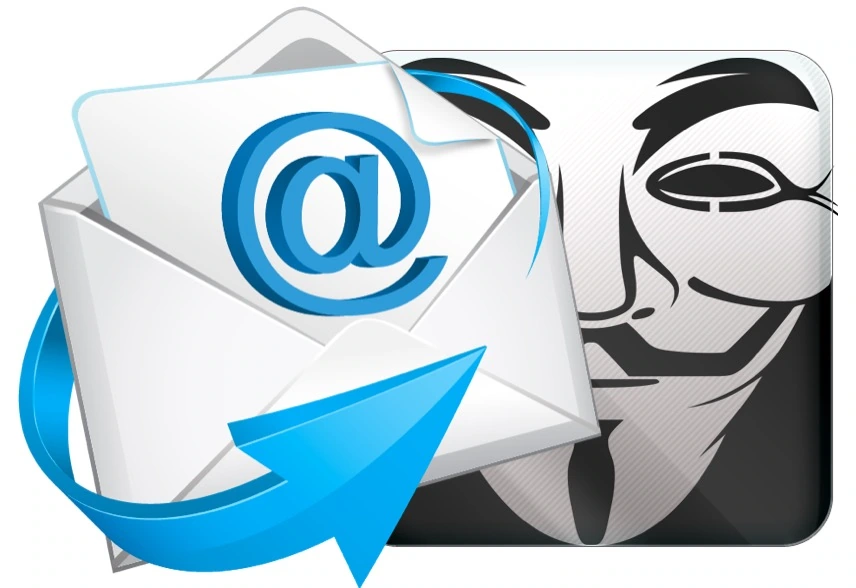
Encrypting emails in Outlook is crucial for safeguarding your business communications. This guide will show you how to encrypt emails in Outlook and explain why it’s essential for protecting sensitive information in a business environment.
Understanding Outlook Email Encryption
Email encryption secures your messages by encoding the content, ensuring that only authorized recipients can read them. When you encrypt an email in Outlook, it converts your message into an unreadable format, only accessible with the correct decryption key.
Encryption ensures that your business communications are protected from interception and unauthorized access. Think of it as sending a sealed, certified letter instead of a postcard. Only the intended recipient can open and read the contents.
Automatic Email Encryption in Outlook
Outlook does not automatically encrypt emails by default. You must configure the security settings to encrypt all outgoing emails. However, this setup is straightforward and can greatly enhance your email security.
Steps to Send an Encrypted Email
There are various methods to encrypt an email in Outlook. For instance, if you’re using Outlook on the Web with a Microsoft 365 subscription, you can simply click the Encrypt button in the new email window to secure your message.
Advantages of Encrypting Business Emails
Encrypting emails offers several benefits, particularly for businesses that handle sensitive information:
- Privacy and Security: Ensure that only the intended recipients can read your emails, protecting sensitive data from cyber threats.
- Regulatory Compliance: Meet industry standards and regulations, such as HIPAA and GDPR, by securing sensitive communications.
- Authentication: Verify the sender’s identity and protect against email spoofing and phishing attacks.
Three Methods to Encrypt Emails in Outlook
Here are three main methods to encrypt your emails in Outlook:
S/MIME Encryption
S/MIME (Secure/Multipurpose Internet Mail Extensions) is a widely supported encryption standard. It requires a certificate from your IT administrator. Once set up, S/MIME allows you to send encrypted emails that only the recipient with the corresponding decryption key can read.
Setup and Sending
- Obtain and install the necessary certificate on your computer.
- Configure Outlook: File -> Options -> Trust Center -> Trust Center Settings -> Email Security.
- Choose the S/MIME certificate under Certificates and Algorithms.
- Compose and send your encrypted email.
Microsoft 365 Message Encryption
This method uses Microsoft’s Rights Management System and is part of the Office 365 Enterprise E3 license. It allows you to send encrypted emails both within your organization and to external recipients.
Setup and Sending
- Ensure you have the appropriate Office 365 license and that encryption is enabled.
- In Outlook, compose a new email, select Options, then Encrypt, and choose the desired encryption restrictions.
- Send your email securely.
Free Email Encryption Add-ins
Several free add-ins are available for encrypting emails in Outlook. These include Encryptomatic OpenPGP and Trend Micro Email Encryption. They offer basic encryption functionalities and are suitable for non-commercial use.
Setup and Sending
Install the add-in, configure it according to the provided instructions, and use the new toolbar button to encrypt your emails before sending.
Cost Considerations for Outlook Email Encryption
The cost of implementing email encryption in Outlook depends on your chosen method and the scale of your business. For comprehensive coverage, consider investing in Microsoft 365 licenses for all employees. Alternatively, free solutions can be used for smaller operations or specific user groups.
Best Practices for Email Encryption
Follow these best practices to maximize email security in your business:
- Use strong, unique passwords for email accounts and encryption keys.
- Regularly update your encryption tools and software.
- Verify recipient identities before sending sensitive information.
- Avoid sending sensitive data over unsecured networks.
- Double-check email addresses to prevent sending sensitive information to the wrong person.
- Keep backups of encryption keys in a secure location.
Additional Security Measures
Besides email encryption, consider these alternatives to enhance communication security:
Secure Messaging Apps
Use apps with end-to-end encryption, such as those compliant with industry-specific regulations (e.g., OhMD for healthcare).
Virtual Private Network (VPN)
VPNs encrypt your internet connection, including email traffic, adding an extra layer of security.
Secure File-Sharing Services
Services like Dropbox and Google Drive offer encrypted file sharing, ensuring that your documents remain secure.
Ensuring Secure Business Communication
Encrypting emails in Outlook is essential for maintaining the confidentiality and security of your business communications. Implementing encryption helps protect sensitive information from unauthorized access and meets regulatory compliance requirements. Start encrypting your emails in Outlook today to enhance the security of your business communications.
